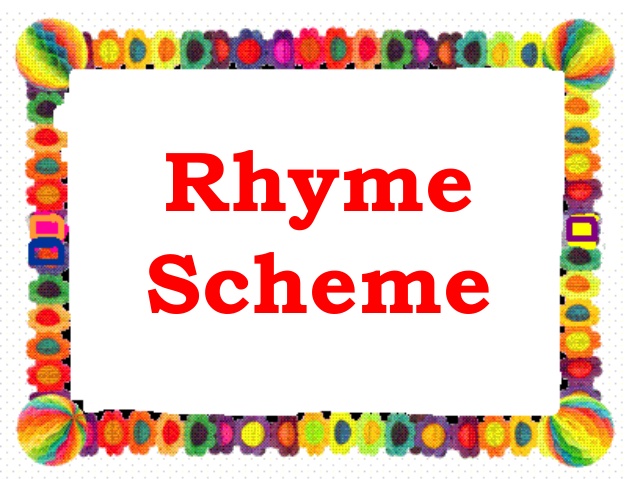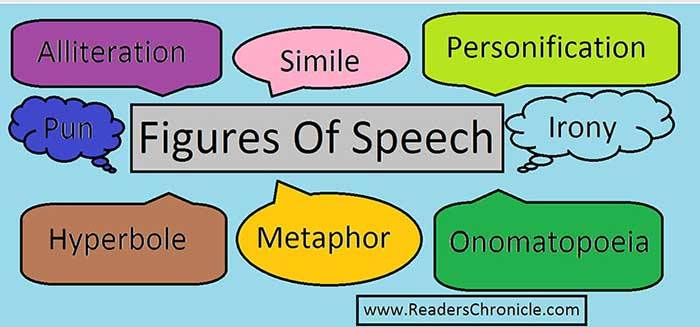
I have met scores of people in my life who have beautiful thoughts, but are unable to weave them into strings of words. I have always advised such people to resort to poetry if they lag in writing articles or write-ups. Why? Because poetry is subjective. Poetry is a practice or method of writing which is free from the clutches of rigid formats, grammar rules or worldly facts. It is a form of expression which is spectacularly different for each individual. In fact, it is my firm belief that non-abstract writing can be symbolized as a pearl in an oyster resting in the depths of the sea. Known by man as a priceless object, but not unique anymore. Poetry, however, is the undiscovered treasure above any materialistic currency symbolized by small things like a mother giving warmth to her young, a drop of sweat falling from any creature’s face after building its family a safe home, the blossoming of a flower which had not been nurtured for a long time or just a ray of sunshine on the hills, a scene whose worth cannot be measured in money.
But, writing poetry is not as easy as it sounds. Choosing words that make your composition as beautiful as your thought is a tough feat to accomplish. So, if you find it difficult to express your thoughts in the form of poetry but wish to do so, then this article might just help you to write your own masterpiece painted in vivid colors of words.
Technical Aspects
- Theme– choosing a suitable, relevant and unique theme for your poem is the first and foremost job you have to do to make your poem a hit. The theme of the poem is defined as your thought process which has inspired you to write the particular poem. Remember, you should have crystal-clarity of the theme of your poem so that you can convey your thoughts clearly. Let us take an example: Robert Frost, William Wordsworth and John Keats are called a romantic poets. Why so? Because many of their compositions were based on nature. Or putting it in more specific words, the theme of their poems was nature.

2. Language selection– once you have chosen your theme, your next task is composing the poem. But hold on, backtrack a little. First you must choose a medium to express your words-a language. Choosing a language to write in is as important as choosing the clothes to go out in. Just like you can’t wear sneakers with a sari,(you can but it’s not the best style revolt)the same way you can’t use a language to write in if you are unfamiliar with most of its words and rules. So, the moral of the story is-write in a language you are comfortable and familiar with!

3. Title– now we are down with the real business-choosing a title for your poem. There are 3 things to keep in mind while choosing a title:
a. Length-the title should be short and crisp, not long and boring. Avoid beating around the bush and title your poem in the shortest way possible. Let us take an example: suppose you are writing a poem on the theme ‘spring’. A suitable length would be 5-6 words at the maximum, including filler words like a, an, the, of, is ,are etc. The title could be-Colors of Spring OR The Road that Led to Spring OR The Season of Blossoming Flowers and so on.
b. Catchy-the reader must feel interested to read the poem. This interest can be developed by how catchy the title is. Think of it like a recipe-a cup of suspense, a tablespoon of thrill, half a teaspoon of humor and a pinch of your creativity. Let us take an example- your new theme is the sea. A catchy topic with a suitable length could be- Discovering the Deep(thriller) OR Will I Ever Reach the Surface?(suspense) or The Crab Ate My Lunch(humor) and so on.
c. Summarize the poem-the title must be an appropriate one in the sense that it very briefly summarizes your entire poem. For this, I will take an example of one of my own compositions which I have posted on this website- Death Brings Life. Link below:
This poem was based on the death of humans on a huge scale due to the pandemic which has also been called a way in which mother nature is taking her revenge, and other species thriving more comfortably due to lack of human intervention. Since the poem was about humans’ death enabling other species’ life, thus l gave it a short, catchy and apt title-Death Brings Life.

4. Rhyme Scheme– choose a rhyme scheme for your poem so that it becomes musical, fun and easily flowing. Choosing a rhyme scheme will also help you in researching for words that you want to use to convey a certain message AND words that rhyme with each other, eventually enriching your word bank. Let us take an example:
Roses are red, a
Violets are blue, b
The little bird said, a
“I want to stay with you.” b

Ornamental Aspects
- Imagery– while writing your poem, make the poem super descriptive using mainly two types of imagery which will help the reader in visualizing the described scene- visual and auditory, so that the readers connect with the poem more. Let us take an example: The chair moved with a creak sound, In the dark and empty room. I called out loud but heard no sound, So I sat stiffly in the corner, sobbing, and waiting for my doom.

2. Figures of Speech– use a lot of decorations to beautify your content in the form of figures of speech. Common poetry devices or figures of speech are simile, metaphor, personification, onomatopoeia, imagery, symbolism, hyperbole, alliteration, repetition, etc. Using these poetic devices will make your poem deeper, more philosophical and hard-hitting. Let us take examples of some poetic devices in couplets:
a. I stood in the open field,
Where the bees buzzed and circled around me. (onomatopoeia)
b. The day was mine to seize,
So I wouldn’t let it go, the day was mine to seize. (repetition)
c. The black shadow took me away to a land,
A place where I paid for the sins I had committed. (symbolizing hell), etc.

Other General Tips
- Poetic Licence– as mentioned earlier, you can ignore minor grammatical errors for the sake of a continuous rhythm and a perfect rhyme scheme. But, this does not mean that basic and essential rules of grammar should be ignored if a perfect rhyme scheme could be achieved without using the poetic licence.

I hope these tips would help you become good poets and would assist you in writinf the next great poem of all time.
If you found these tips of any use and have written a poem using their help, we would love to read them! Share your self-composed poems in the comment section or E-Mail it on lukshitanayyar@gmail.com Who knows? Maybe your poem is published as our next post!
My dear Lukshita, your write up is very comprehensive and I am sure, it will be very helpful for all the amateur poets. I had never given it a thought that at your age one could get such an insight on writing poetry. Keep exploring yourself and keep composing. Writing takes a lot of effort but once you start enjoying it, it becomes addictive. May your addiction continue to inspire everyone.
LikeLiked by 1 person
Indeed! It is addictive once you get the hang of it! Keep supporting !
LikeLiked by 1 person
Very creative and insightful…keep going.bless u bache.
LikeLiked by 1 person
Thank you so much! Drop-in daily for some freshly-brewed content!
LikeLiked by 1 person
It aptly described the nuances of poetic expression. Very well written.
LikeLiked by 1 person
Thank you so much!
LikeLiked by 1 person
Thanks a lot!
LikeLiked by 1 person